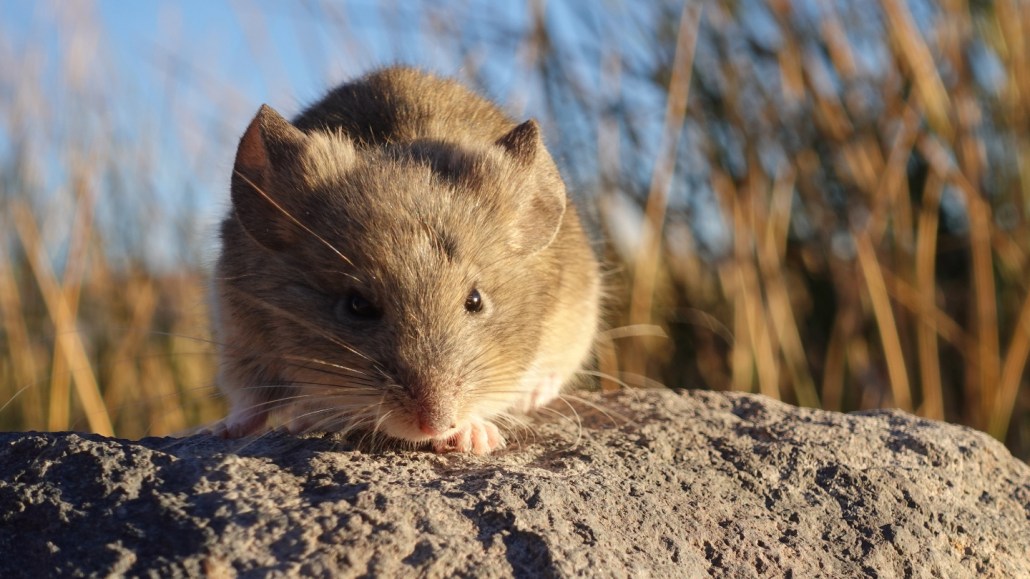
This Andean altiplano mouse, Abrothrix andina, is a species that scientists now know lives at extreme elevations, above 5,800 meters.
Jay Storz

This Andean altiplano mouse, Abrothrix andina, is a species that scientists now know lives at extreme elevations, above 5,800 meters.
Jay Storz